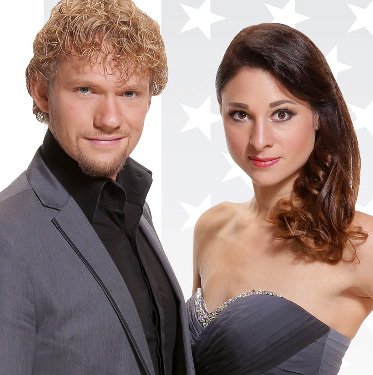In the world of theatrical illusion,misdirection is a form of deception where the performer is able to draw attention of the audience to one object to divert attention from something else. Controlling attention of the audience is the goal of every performances,and the most important requirement of all magic acts. If the magic is of the “pocket trick” variety or the stage is a major productionmisdirection is the main element. The term refers to either the effect (the the focus of the observer on the unimportant object) or the sleight of hand and patter (the magician’s voice) which creates it.
It’s hard to pinpoint who first coined the phrase,however an early reference to misdirection can be found in the writings of a renowned writer and illusionist,Nevil Maskelyne. it consists of misleading the viewer’s senses in order to screen from being aware of certain information in which confidentiality is essential. The same time,the magician,artist and author Tarbell noted,Nearly the whole art of illusions is based on the art of misdirection.
Magicians who have studied and developed techniques for misdirection include Malini,Derren Brown,Juan Tamariz,Tony Slydini,Tommy Wonder,along with Dai Vernon.
Henry Hay describes the central act of conjuring as manipulating interest.
Many magicians divert attention of the audience in two basic ways. One leads the audience to look away for a fleeting time,so that they don’t detect some sleight or move. The other approach re-frames the perception of the audience,lulling them into thinking that an extraneous factor has much to do with the accomplishment of the feat when it really has no bearing on the result in any way. Dariel Fitzkee explains that the true skill of the magician is in the skill that he displays in manipulating the minds of the viewers. In addition,sometimes,props like the magic wand can aid in confusion.

Misdirection is at the heart of almost all successful illusions. Without misdirection,even a mechanical gimmick or the most skilled sleight-of-hand is unlikely to produce an illusion of true magic.
Misdirection uses the limits of the human mind to give the wrong picture and memory. The brain of a typical audience member can only concentrate on one thing at the time. The magician uses this to influence the viewers’ thoughts or perceptions of sensory input,leading them to false conclusions.
A few magicians have debated over the usage of the term,”misdirection,” causing many discussions about what it is and how it operates. The exceptional magician Jon Finch drew a distinction between misdirection and direction. The first is a negative phrase,and the other positive. In the end,he considers the two as the same thing. If a performer,by some method,has influenced the thoughts of his audience to the conclusion that he has done something he hasn’t done,he’s wrongly directed them into this beliefand,consequently,misdirection.
Tommy Wonder has pointed out that it is much more effective,from the magician’s perspectiveto focus on the positive aim of directing attention to the audience. He states that misdirection is wrong direction. It suggests that attention is diverted away from something. When we keep using this term,it eventually becomes so embedded in our minds that we may begin to see misdirection as taking our attention away from rather than towards something.
Tony Slydini said that if a magician believes that,the public will believe it and magicians are something that they cannot perceive. Misdirection is true when they believe in what the magician is doing and then follows the magician. read more info here
